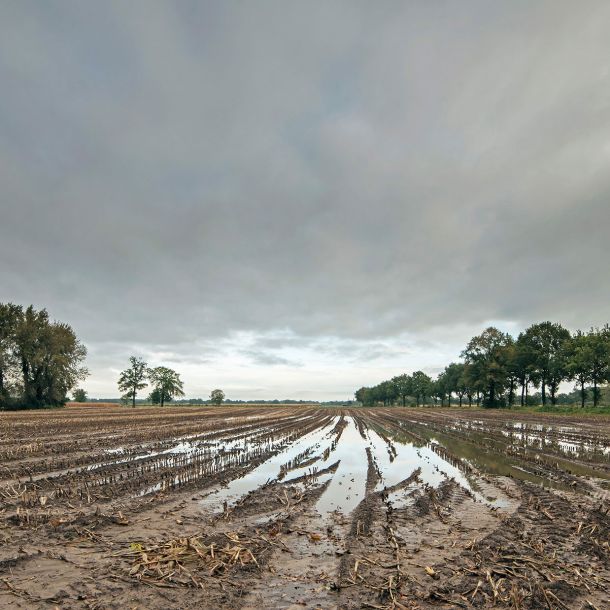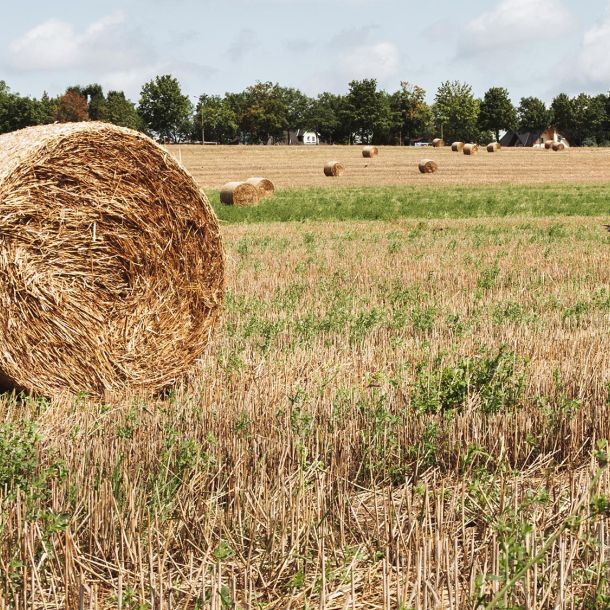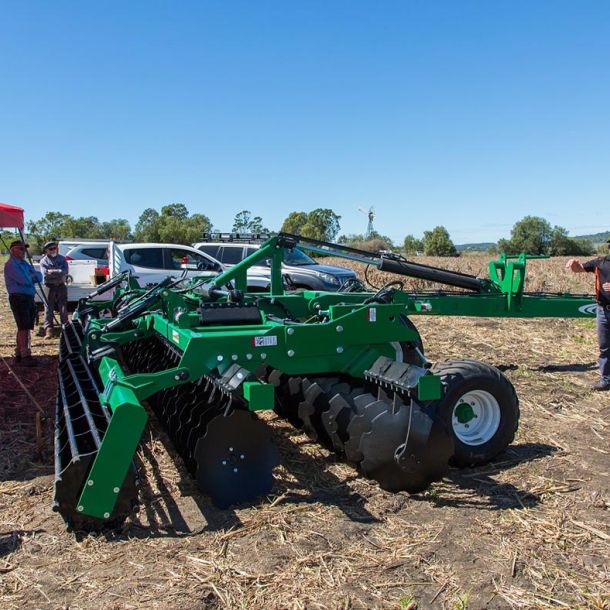You Need A Better Bed
If the seedbed is good, the outcome will be
Mattress companies spend a lot of money telling us we need a better bed. They tout the benefits of foam versus springs versus air. The main argument is that people perform better when they’ve had a good night’s sleep in a decent bed. It should come as no surprise to feed and forage producers that the same premise works when talking about seeds! If their bed is good, their outcomes will be too.
Seedbed preparation is important
In order for seeds to germinate properly and get the start they need to produce yields at harvest, creating and preparing an adequate seedbed is critical. Seedbed prep encompasses everything from soil matrix and composition to surfacing and tillage. It’s the important work of surfacing and tillage we’ll focus on in this blog post.
One challenge when preparing seedbeds is balancing the seeds’ early needs, with the later needs of the finished crop. This is especially important for export crops like oaten hay, where production quality is determined in part by the concentration of contaminants like weeds, rocks, and soil. Finding a middle ground – no pun intended – is difficult without proper tillage and finishing implements. Seeds for cereal crops require good seed-to-soil contact in seedbeds that have a firm finish with well-integrated organic matter. Harrows and coil packers are excellent for managing weeds, rolling down rocks, and still maintaining soil contact for germinating seeds.
Suitable for use following other types of ploughing, harrows and packers are true masters of seedbed preparation. Rotary harrows help further breakup crop residues and distribute organic matter evenly throughout the soil. Packers and rollers firm up the soil strata and provide a solid base for seeding, ensuring good seed-to-soil contact and a good substrate for rooting. By focusing on retention, distribution, and assimilation of crop residues, producers can ensure the value of the matter is preserved while simultaneously maximising the seed-to-soil ratio needed for effective germination. This kind of seedbed fine tuning is difficult to achieve with ploughs alone but is critical to crop success.
Using harrows to assist with herbicides
Harrows also assist producers in managing chemical applications when utilizing a seed drill or direct seeder in conjunction with an onboard pre-emergent chemical. Extensive ground cover or existing weeds can interfere with the uniform application of popular broadacre herbicides like Treflan. Non-uniform application can in turn significantly reduce effectiveness, allowing weed escapees and damaging a crop’s long-term performance.
Incorporation of previous years’ crop residues and stubbles into the seedbed is also important in maximising the herbicides efficacy . Unincorporated organic matter can serve as a barrier to herbicides, keeping the chemicals from reaching the soil or making them unavailable for weed control via chemical binding. Harrows allow producers to keep both the soil-boosting organic matter driven by minimal till systems while still ensuring chemicals reach the soil levels where they perform best.
See our range of Harrows & Bars
Fine tune your strategy
Fine-tuning a tillage and seedbed preparation strategy can help boost production quality on forage crops like oaten hay. Utilising a harrow as part of this strategy is a good approach. This creates a seedbed that is both rich in organic matter from incorporated residues, and well-suited for planting and pre-emergent herbicide application. And just like their human counterparts, seeds perform best – and yield better! – when their bed is well-made.
We've got seedbed prep sorted. Contact us today!








